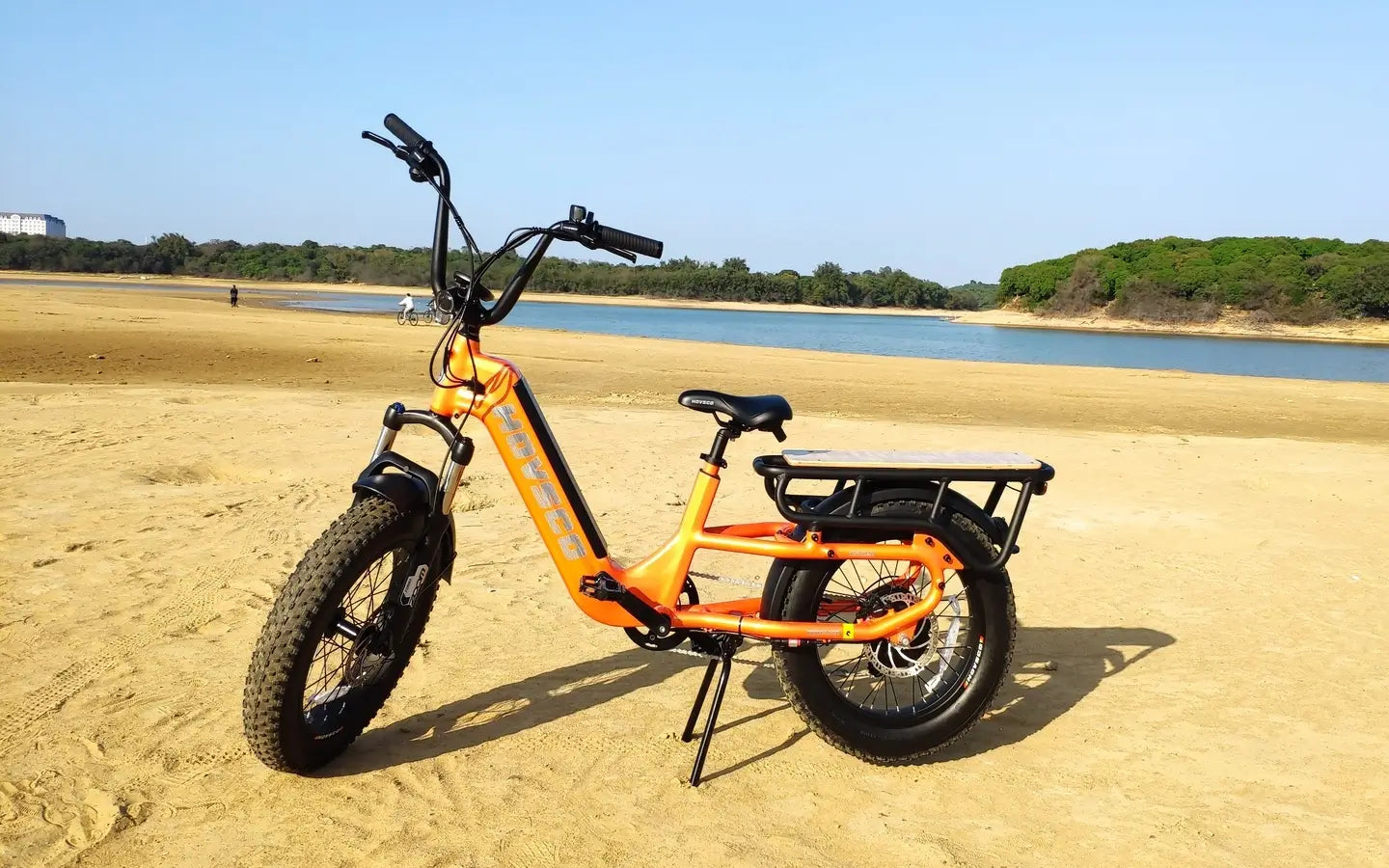
- by EO S
What Are the Differences Between Scooter, Moped, and Electric Scooter?
- by EO S
Scooters, mopeds, and electric scooters are distinct types of two-wheeled vehicles that vary in power, speed, design, and legal requirements. Mopeds typically have engines up to 50cc or electric equivalents, can reach speeds up to 28-30 mph, and require licensing and registration. Scooters generally have larger engines (50cc to 250cc), higher speeds (up to 60-75 mph), and more comfort features. Electric scooters are lightweight, often seatless, with speeds around 15-20 mph, and usually have fewer licensing restrictions.
Scooters feature step-through frames, automatic transmissions, and engines ranging from 50cc to 250cc, allowing speeds up to 60-75 mph. Mopeds have smaller engines (usually 50cc or less), sometimes with pedals, and top speeds around 28-30 mph. Electric scooters are battery-powered, lightweight, often without seats, and designed for short urban trips with speeds typically between 15-20 mph.
Mopeds and scooters weigh between 200-300 lbs, making them less portable and more suited for road use. Electric scooters weigh much less, typically 15-30 lbs, and often fold for easy carrying and storage, ideal for last-mile commuting or indoor storage.
Mopeds and scooters usually require a driver’s license, registration, and insurance due to their speed and road use. Helmets are mandatory for mopeds and scooters in most regions. Electric scooters often have relaxed regulations, sometimes treated like bicycles, but helmet use is strongly advised for safety.
| Vehicle Type | Typical Top Speed | Typical Range per Charge/Fuel |
|---|---|---|
| Moped | 28-30 mph | 40-100+ miles (gas or electric) |
| Scooter | 50-75 mph | 40-60 miles (electric) |
| Electric Scooter | 15-20 mph | 10-30 miles (electric) |
Mopeds and scooters support longer commutes and higher speeds, while electric scooters excel in portability and short-distance urban mobility.
Scooters and mopeds come with comfortable seats, footrests, and larger frames suitable for two riders. Electric scooters typically lack seats and have smaller decks, focusing on portability. Some electric scooters now offer optional seats for improved comfort on longer rides.
Popular electric scooters include models with foldable frames, removable batteries, and smart displays. Mopeds and scooters offer advanced battery tech, integrated lighting, and smartphone connectivity. Leading brands focus on blending style, performance, and eco-friendliness to meet urban mobility demands.
When choosing between a scooter, moped, and electric scooter, consider your commute distance, speed needs, and portability preferences. Mopeds suit longer trips and higher speeds but require licensing and maintenance. Scooters balance power and comfort for versatile use, while electric scooters offer lightweight portability for short urban rides. Prioritize safety features like hydraulic brakes and lighting. HOVSCO’s innovative designs reflect these priorities, delivering reliable, stylish, and safe options for diverse riders.
“HOVSCO embraces the evolving urban mobility landscape by offering versatile electric scooters and mopeds that combine power, portability, and safety,” says a HOVSCO product expert. “Our designs focus on rider comfort and advanced technology integration, ensuring that whether you choose a scooter, moped, or electric scooter, you get a dependable and enjoyable ride. We emphasize eco-friendly solutions without compromising performance or style.” This insight underscores HOVSCO’s commitment to innovation and rider satisfaction.
Q: Do I need a license to ride a scooter, moped, or electric scooter?
A: Mopeds and scooters usually require a license and registration; electric scooter requirements vary but often do not require a license.
Q: Which is faster, a moped or an electric scooter?
A: Mopeds generally reach speeds of 28-30 mph, while electric scooters usually max out around 15-20 mph.
Q: Can electric scooters have seats?
A: Most electric scooters do not have seats, but some models offer attachable or built-in seats for longer rides.
Q: How portable are mopeds compared to electric scooters?
A: Mopeds are heavy (200-300 lbs) and not easily portable; electric scooters weigh 15-30 lbs and are highly portable.
Q: Are helmets required for all these vehicles?
A: Helmets are legally required for mopeds and scooters in most areas; for electric scooters, helmet use is strongly recommended even if not legally mandated.
Q: What is the typical range of electric scooters?
A: Electric scooters typically offer 10-30 miles per charge, suitable for short urban trips.
Share:
What Makes 49cc Scooters Ideal for Beginners and Urban Commuters?
How to Choose the Best Cheap Ebike Without Sacrificing Quality?